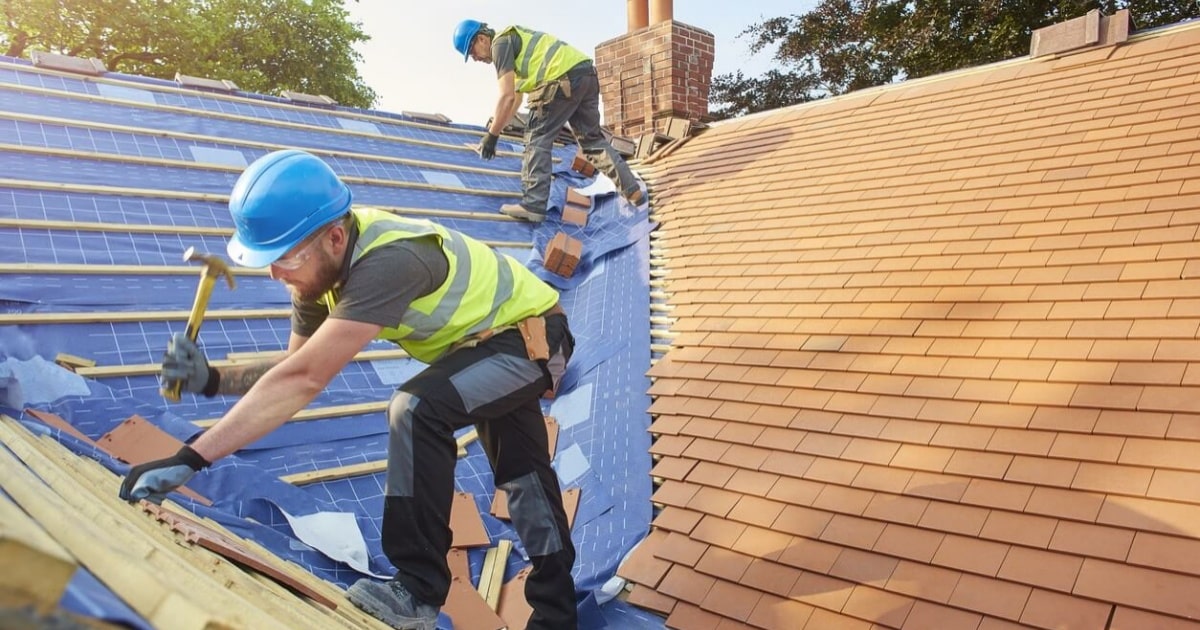
3 Types of Flat Roof Materials
The roofing industry is seeing more and more new materials being introduced to the market, year after year. Some more costly than others, while others more eco-friendly than some. But regardless of why you might be in the market for a new flat roof, it is what you are looking for in a new roof that matters. There are three kinds of flat roof materials currently available on the market. Although you will notice they are a bit more expensive than alternative materials, they are undeniably worth the investment in the long run. Continue reading to learn more about the three flat roofing materials used in the home renovation and construction industry.
Flat Roofs
The roofing materials for flat roofs are measured in “squares” which is equivalent to 100 square feet. They generally cost anywhere between $250 and $350 per square, but prices can vary depending on the retailer and roof size. Warranties for flat roofs are typically good for 10 or 20 years, but with professional installation and routine maintenance, they can last up to 25 years or more. It is important to choose a reputable and honest general contractor or roofing company for flat roof installation and repair services.
Modified Bitumen
Modified bitumen is a single-ply roll roofing akron material infused with mineral-based exterior. This roofing material is homeowner-friendly in terms of installation. There are peel-and-stick versions available on the market for those who wish to install their own new roofing. But there are also versions that must be installed with professional equipment; a process that involves heat the adhesive as the material is rolled out. It is a popular choice because its light-colored exterior reflects heat, which reduces energy bills. Also, it is moderately priced, right in between the cost of the other roofing materials. Since the application process is a fire hazard, it should not be installed in an occupied property. One downfall is that it’s not resistant to scuff marks and tears.
Built Up Roof (BUR)
BUR is the common hot-tar and gravel roofing we see on several homes and buildings throughout the city. It is assembled with alternating plies (3 or more) of waterproof materials, hot tar, and ballasted gravel. Today, these roofing materials are manufactured with more advanced materials like fiberglass membranes, when before hot tar paper was the principle component. Although heavy, smelly, and messy to install, BUR can be a promising choice for some homeowners. Not only is it fire-retardant, it is the cheapest of all the roofing materials so budgets can stay intact. But it should not be installed in a home or building that is occupied. This is a perfect choice for those remodeling a property that is still vacant. Keep in mind that it is a big job that requires the services of a professional roofing contractor.
Leave a Reply